The term ‘pharmaceutical grade CBD’ refers to substances or products that meet the rigorous standards required for use in medical treatments. These standards are designed to ensure that the product is of the highest quality, safety, and efficacy for human or veterinary use. To make such a claim, the product must comply with several global compliance standards and regulatory requirements, which vary slightly depending on the region but generally adhere to the following principles:
1. Good Manufacturing Practices (GMP) Compliance
- GMP is the fundamental global standard for the manufacturing of pharmaceutical grade CBD products. It ensures that products are consistently produced and controlled according to quality standards.
- GMP covers all aspects of production: from the starting materials, premises, and equipment to the training and hygiene of staff.
- International standards are set by organizations such as:
- World Health Organization (WHO GMP)
- US Food and Drug Administration (FDA GMP)
- European Medicines Agency (EMA GMP)
- Pharmaceutical Inspection Co-operation Scheme (PIC/S)
2. Pharmacopeial Standards for Pharmaceutical Grade CBD
- Pharmacopeias are regulatory frameworks that outline the identity, strength, quality, and purity of substances used in pharmaceuticals. A pharmaceutical-grade product must comply with the specifications outlined in one or more pharmacopeias.
- United States Pharmacopeia (USP): Common in the U.S., these standards ensure the drug substance and excipients meet criteria for purity, potency, and safety.
- European Pharmacopoeia (Ph. Eur.): The European equivalent, which focuses on harmonizing pharmaceutical quality standards across Europe.
- Japanese Pharmacopoeia (JP): Japan’s regulatory standards for pharmaceutical-grade products.
- British Pharmacopoeia (BP): The UK’s guidelines for pharmaceutical purity and consistency.
- Compliance with a recognized pharmacopeia is essential for labeling a product as pharmaceutical grade.
Currently, only the European Pharmacopoeia has a monograph for pharmaceutical grade CBD.
3. Active Pharmaceutical Ingredient (API) Purity
- Pharmaceutical-grade products must contain API of the highest purity. Impurities, contaminants, or variations in potency are strictly controlled to ensure patient safety and drug effectiveness.
- APIs should meet the purity standards as outlined by regulatory agencies such as the International Conference on Harmonization (ICH), which establishes quality guidelines.
4. Regulatory Approval and Oversight
- FDA (U.S.), EMA (Europe), Health Canada, and other national health authorities oversee pharmaceutical-grade product approval. These agencies ensure that products not only meet manufacturing standards but also demonstrate safety, efficacy, and quality through clinical testing.
- Therapeutic Goods Administration (TGA) in Australia and other similar regulatory bodies are responsible for ensuring the product’s compliance with their respective jurisdictions.
5. Documentation and Traceability
- The product must have complete documentation for traceability, including batch records, raw material sourcing, and production records. Any deviation from standard procedures must be documented and investigated.
- Certificates of Analysis (CoA) and other quality control documents are necessary to confirm compliance with regulatory standards for each batch produced.
6. Testing and Validation
- Pharmaceutical-grade substances undergo rigorous quality control (QC) testing, including physical, chemical, and microbial tests, to confirm that the product adheres to specifications. All analytical methods used must be validated to ensure reliability.
- Stability testing is also required to establish the shelf life and appropriate storage conditions of the product.
7. Sterility and Contamination Control
- For sterile products, compliance with sterility requirements is mandatory. This includes microbial testing, environmental monitoring, and sterility validation procedures.
- Endotoxin and particulate testing are necessary for injectable products or products that come into contact with sterile environments.
8. Labeling and Packaging Compliance
- Products labeled as pharmaceutical grade must have proper labeling in accordance with regulatory standards. Labels must indicate batch numbers, expiry dates, storage conditions, and other necessary product information.
- Packaging materials must prevent contamination and degradation and must comply with International Organization for Standardization (ISO) standards for pharmaceutical packaging.
9. Global Harmonization and ICH Guidelines
- Many countries align their standards with guidelines from the International Council for Harmonisation of Technical Requirements for Pharmaceuticals for Human Use (ICH). ICH guidelines ensure that there is a harmonized approach to drug development and manufacturing across major markets (e.g., U.S., Europe, Japan).
Summary:
In order to be labeled ‘pharmaceutical grade CBD,’ a product must comply with:
- GMP standards
- Recognized pharmacopeial standards
- Regulatory agency oversight (e.g., FDA, EMA, TGA)
- Stringent quality control testing, including purity, sterility, and stability
- Proper labeling, packaging, and traceability documentation
This ensures the product is safe for human or veterinary use and meets the high-quality requirements needed for medical treatments.
